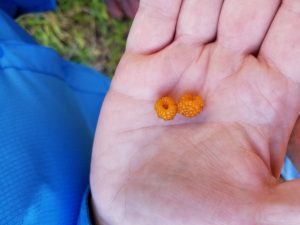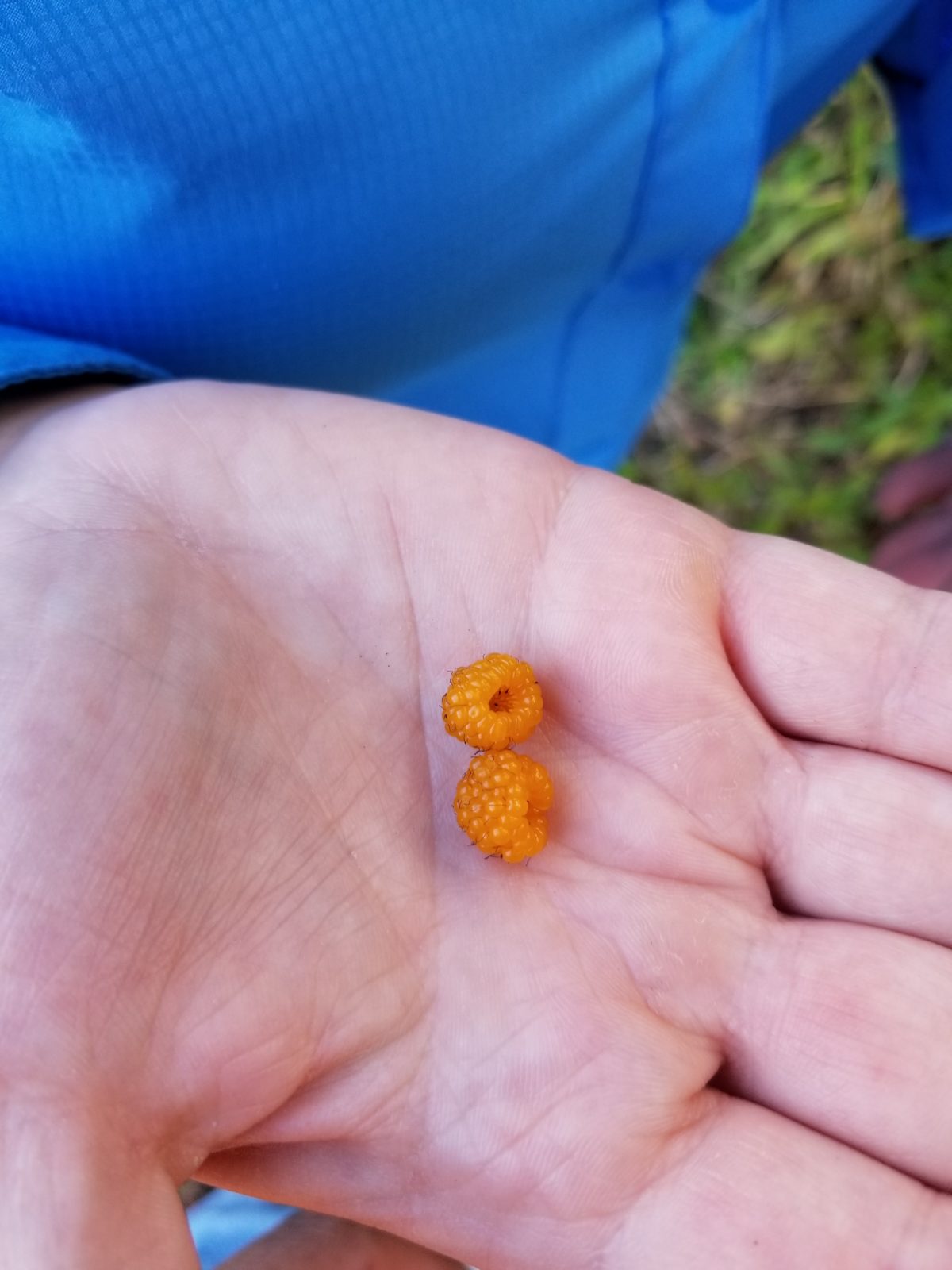 By Breanna Kendrick
By Breanna Kendrick
Rachel Itle, assistant research scientist in fruit production and genetics at the University of Georgia (UGA), and Dario Chavez, assistant professor at UGA, recently spent two weeks in Australia collecting seeds from wild raspberries, peaches and citrus. Itle and Chavez plan to use this seed collection to breed new varieties of raspberries and peaches specifically for the southeastern United States.
Their main purpose was to get wild germplasm for raspberries and peaches to bring back to the United States, specifically with Georgia and Florida in mind. Itle and Chavez are partnering with José Chaparro, associate professor in stone fruit and citrus breeding and genetics from the University of Florida and with Bruce Topp, associate professor in macadamia and stone fruit breeding at the University of Queensland.
Some areas of Australia and the southeastern United States have similar, but not identical, climates. “Breeders are always looking for locations with similar environmental conditions to the areas for which we are breeding to look for germplasm,” says Chavez. “New germplasm that we are looking for should have the ability to be grown in similar conditions that are hot and humid. The idea is basically to look for different genetic pools that what we have available in our germplasm at our home location to help broaden the genetic base.”
Australia has quite a bit of diversity for peaches. Itle and Chavez collected raspberry seeds as well, since the berries were fruiting around the same time as the peaches. “When the crop is fruiting, it is the ideal time to go collecting for wild material because the plants are more easily identifiable in the wild. Also, fruiting time is extremely important because we as researchers get permits for the plant material we take back to the U.S., and usually we are only allowed to take back seed,” said Itle. “So, we need something to be fruiting to go ahead and extract the seed from the fruit. We’re usually not allowed to take vegetative cuttings off of the plant back to the U.S. For us to be able to get that seed, it is easiest when it’s hanging on the plant inside of the fruit.”
Itle is interested in breeding raspberries for Georgia and the Southeast. “There’s not a lot of raspberry varieties that are really well suited too far south in the U.S. There is a lot of virus pressure and a lot of pathogens,” she said. “The idea was to get some wild material that has really good vigor and is really hardy material and use it to screen for the virus problems we have here in the U.S. If anything survives, I will go ahead and use it as a parental material and work to cross some of those beneficial genes back into existing commercial cultivars that we have.”
While peaches and raspberries are already grown in the Southeast, Chavez wants to incorporate new germplasm to see what kind of genes are in the Australian material. He says it takes multiple years to incorporate the beneficial genes from new germplasm, but he believes it’s possible that these new genotypes could create new viable varieties in the Southeast. “Using this germplasm for these crops is important as it may allow us to see traits that may have been lost during breeding and selection of our current commercial cultivars,” said Chavez.
Both Itle and Chavez are in search of new sources of genetic diversity for raspberry and peach. “It is always important to look and see what’s out there in terms of different genes and traits that may have been lost during domestication,” he says. Also, Chavez believes new genetics can bring different flavors and aromas. “Some things could have been lost that we didn’t even know were there to begin with, in terms of the genetics in peaches and raspberries. These are long-term project that are just being started, and I am looking forward to seeing how the different genes and varieties will turn out,” he concludes.
Share this Post










